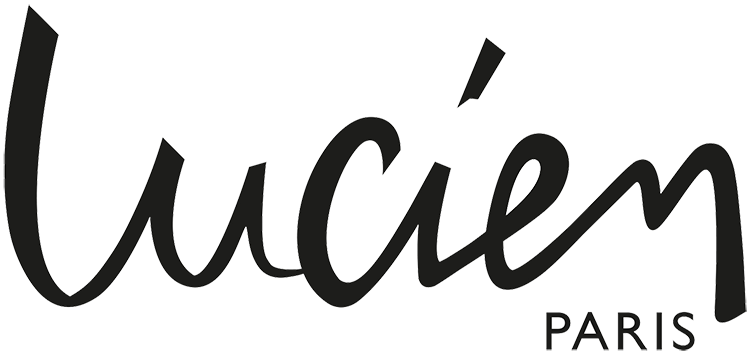Lot n° 239
Estimation :
3000 - 5000
EUR
Result without fees
Result
: 2 900EUR
AGRA CARPET
Enhanced with an elegant stylized... - Lot 239 - Lucien Paris
AGRA CARPET
Enhanced with an elegant stylized polychrome floral design on a red background.
A wide blue border with floral motifs and serrated leaves is framed by four counter-borders.
Cotton warp and weft, wool velvet.
Punjab region, located in eastern Pakistan and northwestern India, circa 1900-1920.
5,34 x 4,34 m.
Wear and old restorations.
Agra is an Indian imperial city in Utar Pradesh, famous for its white marble mausoleum, the Taj Mahal, and renowned for its carpets.
As early as 1549, artists came to India (from Tabriz and Herat) to join the art academy of Emperor Humayun (1508-1556).
His successor, Akbar the Great (1556-1605), a lover of art, presided over the foundation of factories in India with the help of Persian weavers, thus stimulating local production.
Mughal artists thus borrowed heavily from the Persian Islamic repertoire. Moreover, the aesthetics of Indian fabrics and carpets are sometimes so close to those of their Safavid prototypes that only a trained eye can differentiate them.
The Safavids were thus able to develop the artisanal and nomadic production of carpets into an industry
Organized in a factory.
However, the carpet was then a luxury product reserved for the court palaces.
The most flourishing period was in the 17th century with the productions of Lahore and Agra.
But most of the Indian production of the 19th and 20th centuries is attributed to the factories of Agra still active today.
Agra even gave its name to Mughal production and, more specifically, to very large carpets, intended for the palaces of the local aristocracy and often exported to the United States and Europe.
Thus, although influenced by Persia, the Indian carpet retains its own identity through the reality and detail of its designs: medallions and floral decorations are omnipresent but the symmetry is less rigorous. Birds, animals and trees are represented with flowers and foliage. Refined, the color palette is particularly attractive. Persian motifs can be found: the "mustofi" (florets and palms), the "ci" or "tchi" (ribbon-like cloud) and the "botech" (stylized pear).
Bibliographic reference:
SABAHI, T - Splendors of the carpets of the East - Ed Atlas, Paris - 1987 - p 412-413 and 439.
My orders
Sale information
Sales conditions
Return to catalogue

